New National Monuments Book
21 Comments
I am excited to be working on my new book, to be tentatively published on September 25, 2021 (National Public Lands Day). On that day of Thanksgiving, I am incredibly thankful for all the people in this country who have helped set apart and protect our public lands, and for the support of all my patrons and readers who have made it possible to continue to do work in them, a privilege made all the more special by the circumstances of this year.
The Antiquities Act of 1906 gave the President the authority to proclaim national monuments as an expedited way to protect areas of natural or cultural significance. From the north woods of Maine to the cactus-filled deserts of Arizona, national monuments include vast lands that rival the national parks in beauty, diversity, and historical heritage.
In 2017, an unprecedented executive order called for the review of 27 national monuments, 22 consisting of lands in the continental United States and 5 of oceanic waters. Back then, I encouraged readers of this blog to speak up for our public lands. At that time, I had been only to half a dozen of the national monuments under review. Since then, I have visited each of those 22 land-based monuments, most of them multiple times and with enough depth to do for them what I did for the national parks in Treasured Lands. At the end of the post, I am including an image for each of them and a link to related blog posts, with more on the way. I am honored that Ansel Adams award-winning photographer, filmmaker, author, and environmentalist Ian Shive, the only non-government person to have visited all the “visitable” marine national monuments, has agreed to provide images and writing about them.
This is the first book to open our eyes to each of those land and water areas under review. Located in 11 states and two oceans, they comprise most of the large national monuments. Combining hundreds of photographs with essays from each of the citizen conservation associations caring for those national treasures, the book comprehensive portrayals help readers understand what is at risk.
Those places, mostly under the Bureau of Land Management supervision, are under the radar and still offer considerable opportunities for solitude and adventure compared to the national parks. However, limited visitor information was available. Accompanying the collection of scenic photographs is an invaluable guide including maps of each national monument with carefully selected attractions keyed, as well as extended captions describing the locations of the photographs. Inviting the readers to experience for themselves those sacred lands and discover the remnants of cultures that thrived there, the book gives us hope that the last wild places in America remain untamed.
You may have noticed something quite important missing from the book description above: the title. I am still trying to decide on this, and that’s where your input would be helpful.
Update: Comments on final title/subtitle choice
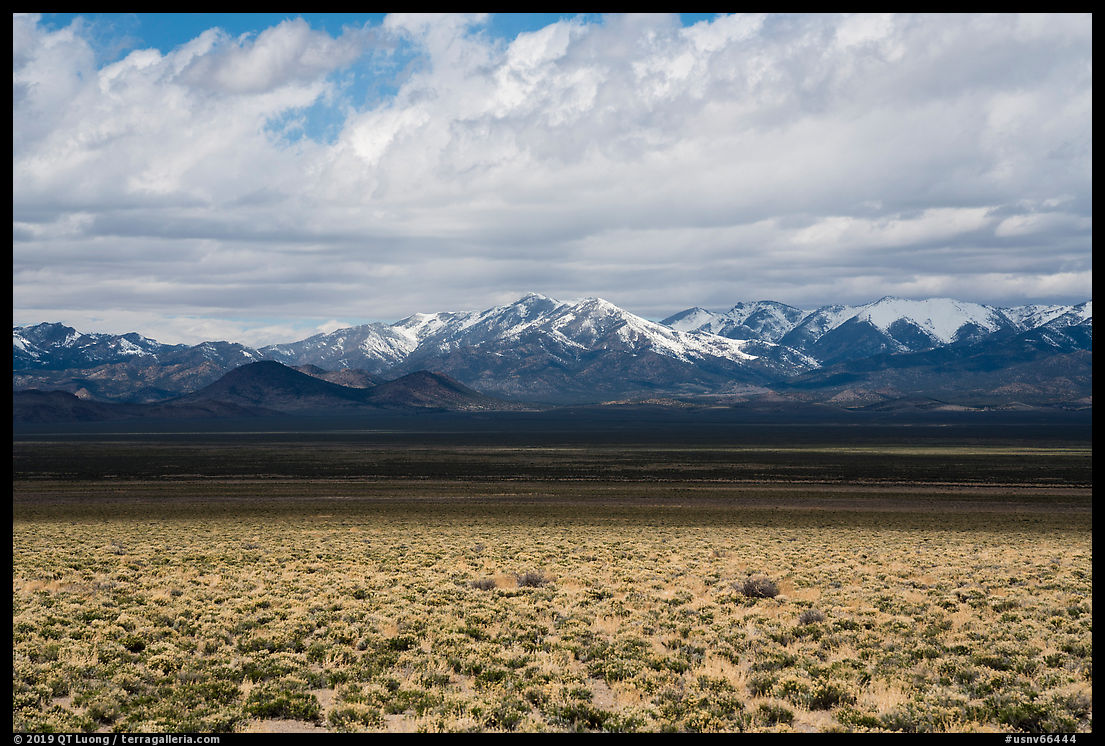
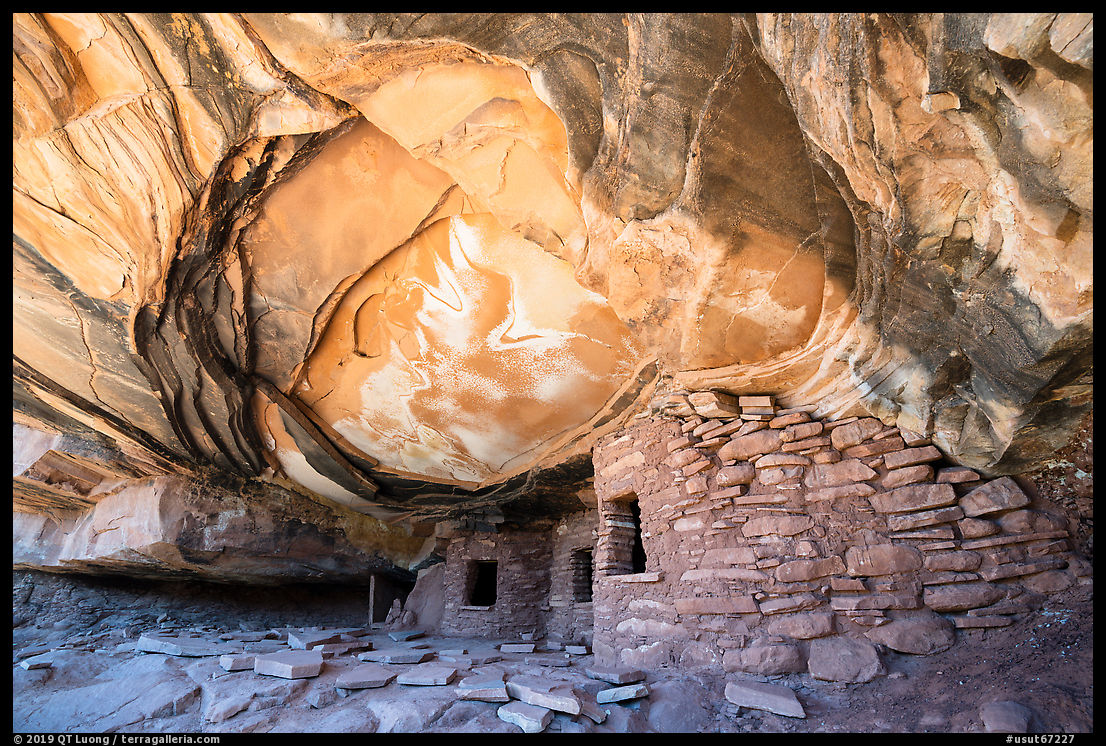


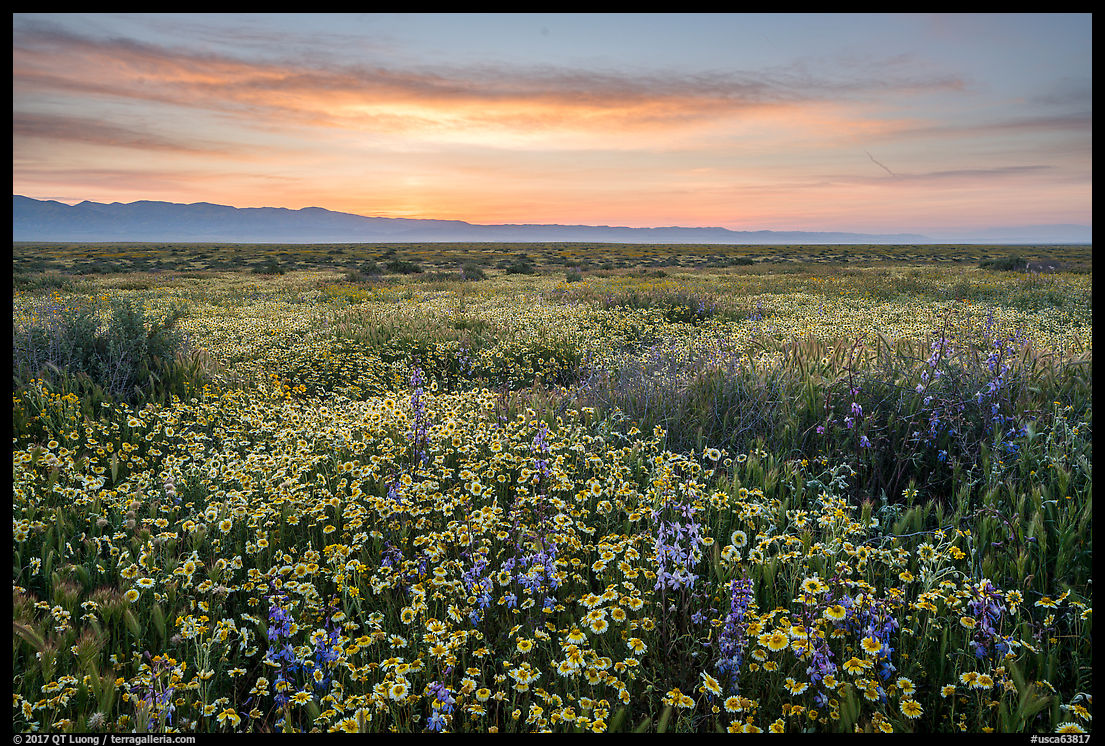


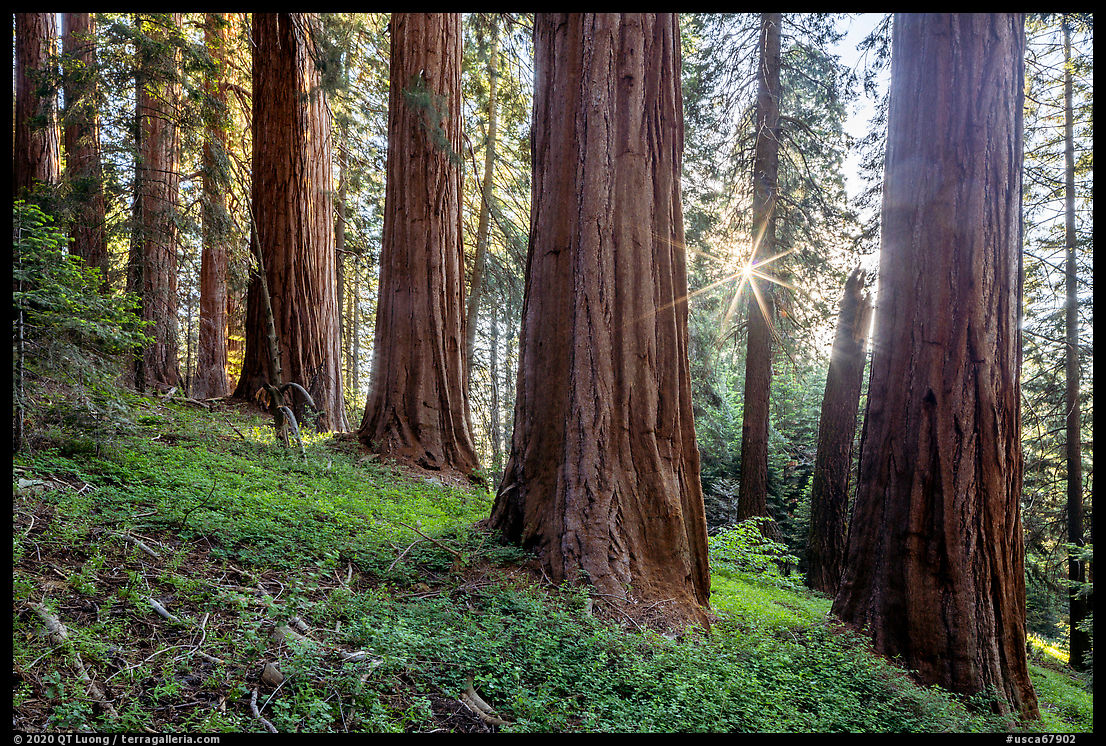

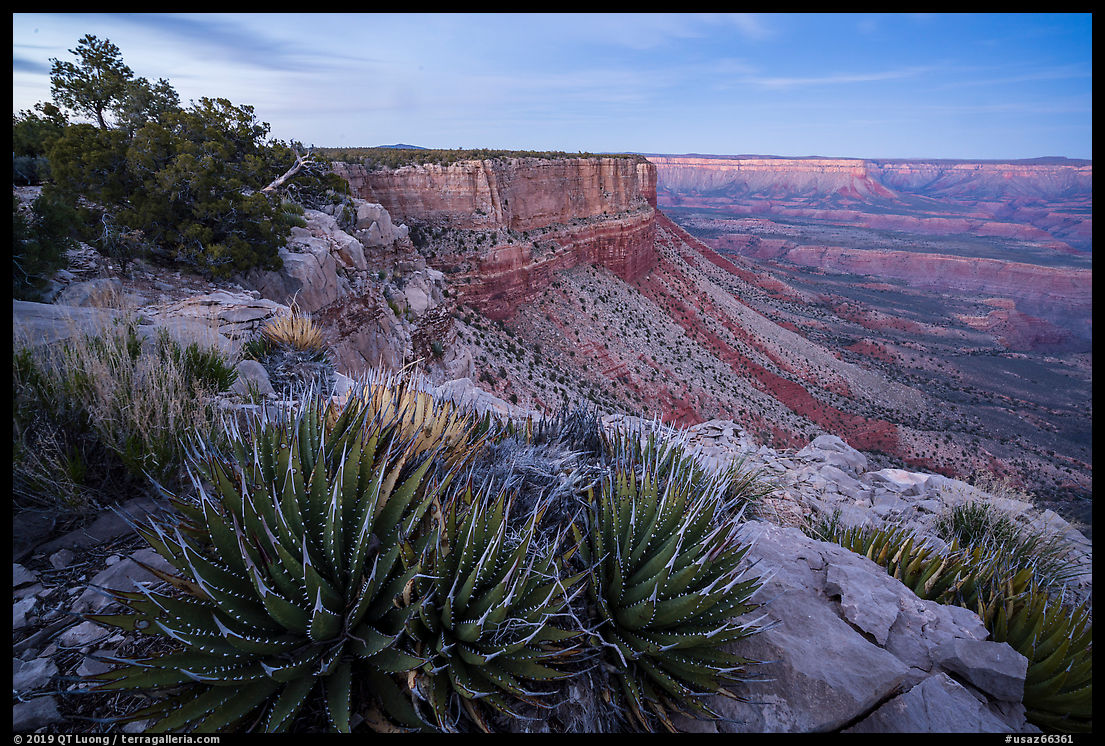
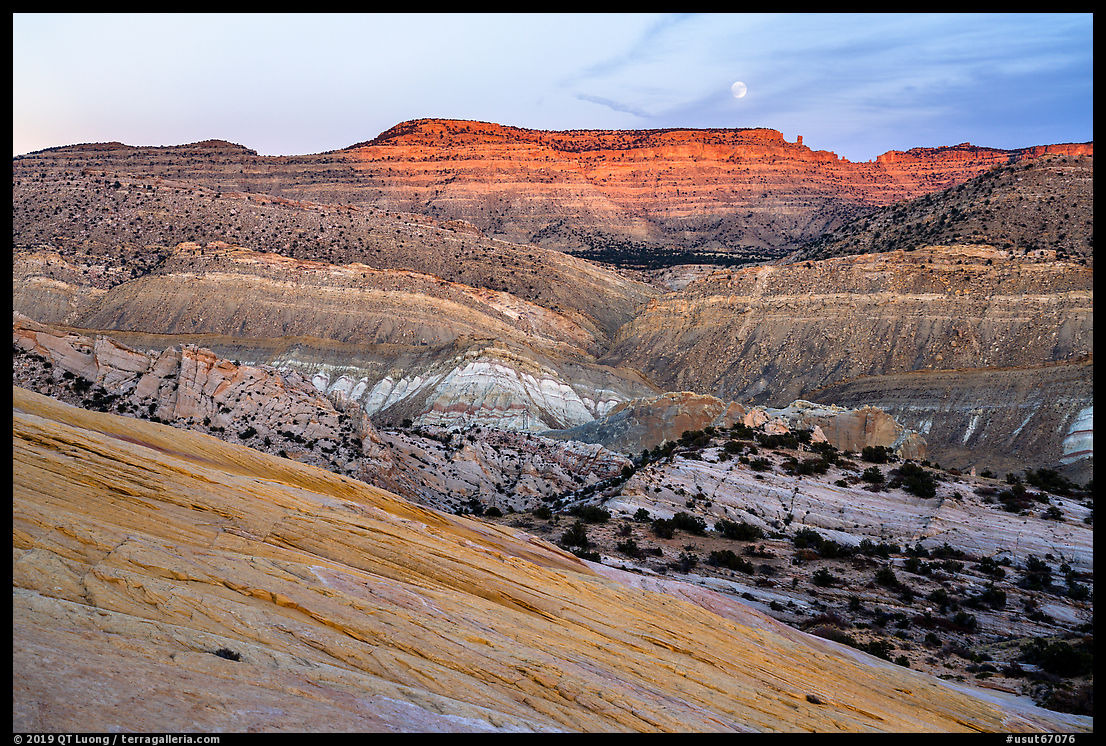

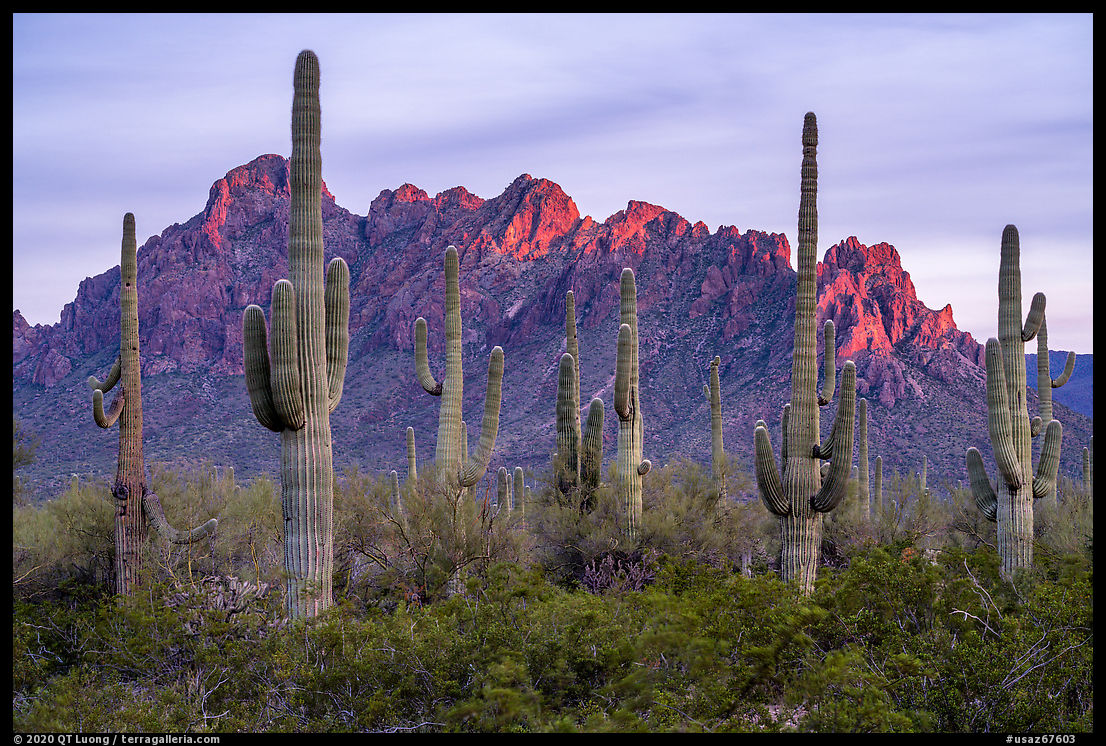


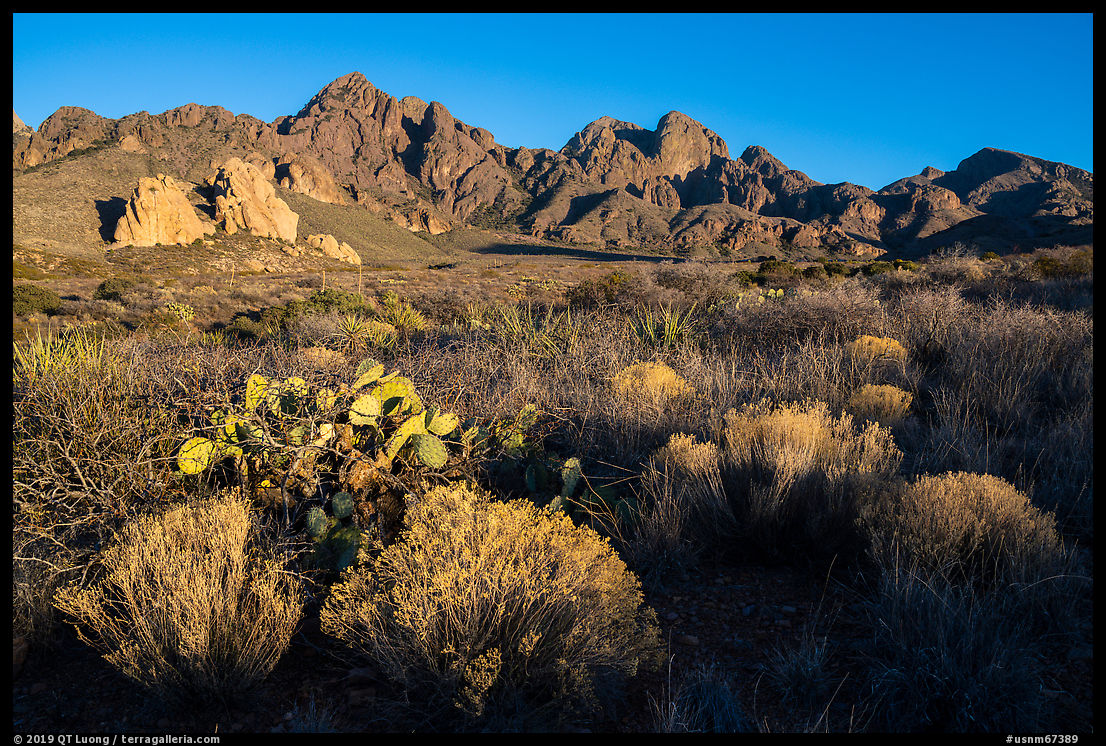

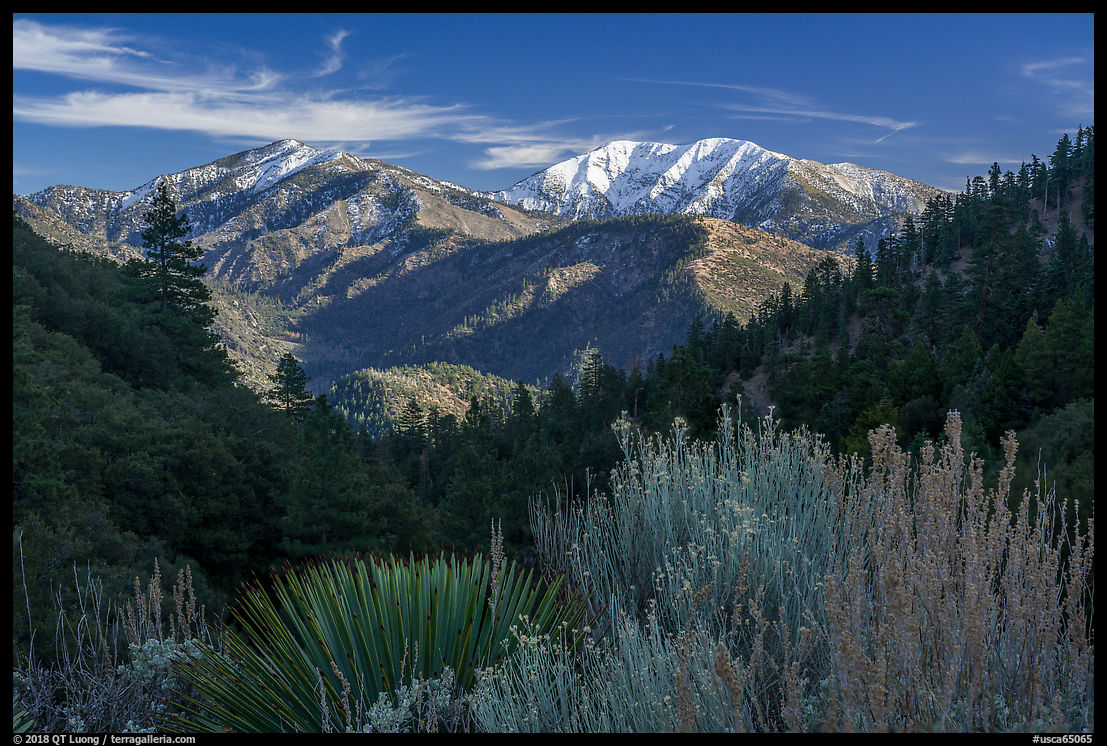






Fabulous work as always. This will be a very important book for these great lands and will bring some much needed awareness hopefully. Hopefully a new administration can see the value of these areas. I look forward to owning another great book of yours QT!
Thank you Jeff. Although I expect Treasured Lands to remain the more popular book, I also view this new book as more important.
QT, thank you for your work and journeys
Wonderful!
Always enjoy your work an the stories behind the workm
QT, we are very much looking forward to the new book. Living in the Southwest, we have already travelled to a number of these beautiful monuments. Your work will add to our “treasured” memories. Thank you so much!
I am looking forward to the new book, and I appreciate your work to highlight the conservation value of these lands. Since your first book was Treasured Lands, I think a complimentary title for this one would be Cherished Lands or Precious Lands.
Thank you for all of your environmental work and the beautiful photographs you produce. If you don’t mind, I would like to say that I think the occasional inclusion of starbursts detracts from the natural beauty of your photographs.
Thank you for the remark. It could be that I’ve gone overboard with sunstars over the past half decade. I used that technique more sparely before. Maybe one contributing fact is that it’s technically been easier to do.
We are very much looking forward to seeing your National Monuments book and using it to plan trips to visit those that we haven’t been to. My wife and I have visited 38 of the 62 US National Parks, plus several state parks and a couple of National Monuments. The photos and narratives in your Treasured Lands book have been very inspirational to us and given us “must see” objectives for each trip.
Thanks Peter. I think you will find the information in the new book more useful. There are a lot of guidebooks about the national parks, but none specifically about the national monuments. For some of them, even finding any information at all was a challenge.
QT,
Looking forward to the new book and adding to our library to share with family. Hopefully you will have a book signing after we can all meet again to share your inspiration and beauty of the work you do and continue to do, thank you.
Jeff Rowe,
of San Jose, CA
Thanks Jeff. I am looking forward to the return to normalcy too, and I am cautiously optimistic for next fall.
QT,
Looking forward to your new book!
My wife and I completed a 3,100 mile tour of the eastern US last summer visiting National Parks along the way. Treasured Lands was an invaluable guide despite its bulk. My experience was that the PDF version was much more practical on the road and I hope that you will make something similar available for the Monuments.
Peter Hollings
Walterboro, SC
Thanks Peter. Not only I will offer a PDF for the Monuments, but unlike for Treasured Lands, I am thinking of making it more detailed than the book, for instance with precise directions and maybe even GPS coordinates.
Hi QT
I too am looking forward to the new book and I hope I will get the chance to view some of these beautiful monuments. I love reading about your adventures as you explore these areas.
Reading that you are thinking of providing a great deal of locational information, are you worried about the impact more people visiting these locations will have on the locations themselves? I know I will be excited to have the help locating some of these places and I’d love to visit them (but I will be limited to some of them due to not being as young and experienced as you ).
Thanks for your book and your blogs. I enjoy reading them and dreaming about these places.
Thank you for your appreciation. The tension between preservation and recreation is always present, but the dynamic with BLM lands is different than for instance NPS lands. From the start, BLM lands were intended to support multiple-uses. The public value of those lands wasn’t even recognized until the Federal Lands Policy and Management Act of 1976. It is only in 2000 that the BLM started to emphasize conservation, with the establishment of the National Landscape Conservation System. The low-impact recreation activities that I encourage are more compatible with conservation goals than the other uses. I believe that the alternatives are more conservation and low-impact recreation or more grazing and resource extraction.
I am really looking forward to your new book. Perhaps “Monumental America” might be a catchy title?
I also remember how these places were so much more exciting to visit in the 1970s, but none of us can stop the internet driven avalanche. The next generations will have to enjoy the earth in a different way than we could. So I think you should name the locations in a fairly general way, such as “Sunrise in Glen Canyon”, rather than giving the GPS coordinates
Thank you for the suggestion. By “these places”, you probably don’t mean the national monuments in the book, since the earliest one was Grand Staircase Escalante proclaimed in 1996. Or did you mean the national monument designation already brought too many people/development compared to the 1970s? I thought it wasn’t too bad, but of course I wasn’t there in the 1970s!
Now I am a bit puzzled by the scope of the book. For instance, will it include the Organ Pipe Cactus Monument created in 1937 or the Rainbow Bridge Monument created in 1910? It’s also hard to imagine how the recently created Northwest Hawaiian islands Monument could be depicted.
If the book is only about the controversial monuments, well then you have a lot of pleasant trips ahead of you!
The book is about the 22 land-based and 5 marine national monuments included in the 2017 review, so the two properties you mentioned are not included. Northwestern Hawaiian islands is not a national monument, but rather a “Coral Reef Ecosystem Reserve”. It was a deliberate choice made in 2000.
Very important and fabulous work. I truly enjoyed Treasured Lands. Keep it up.